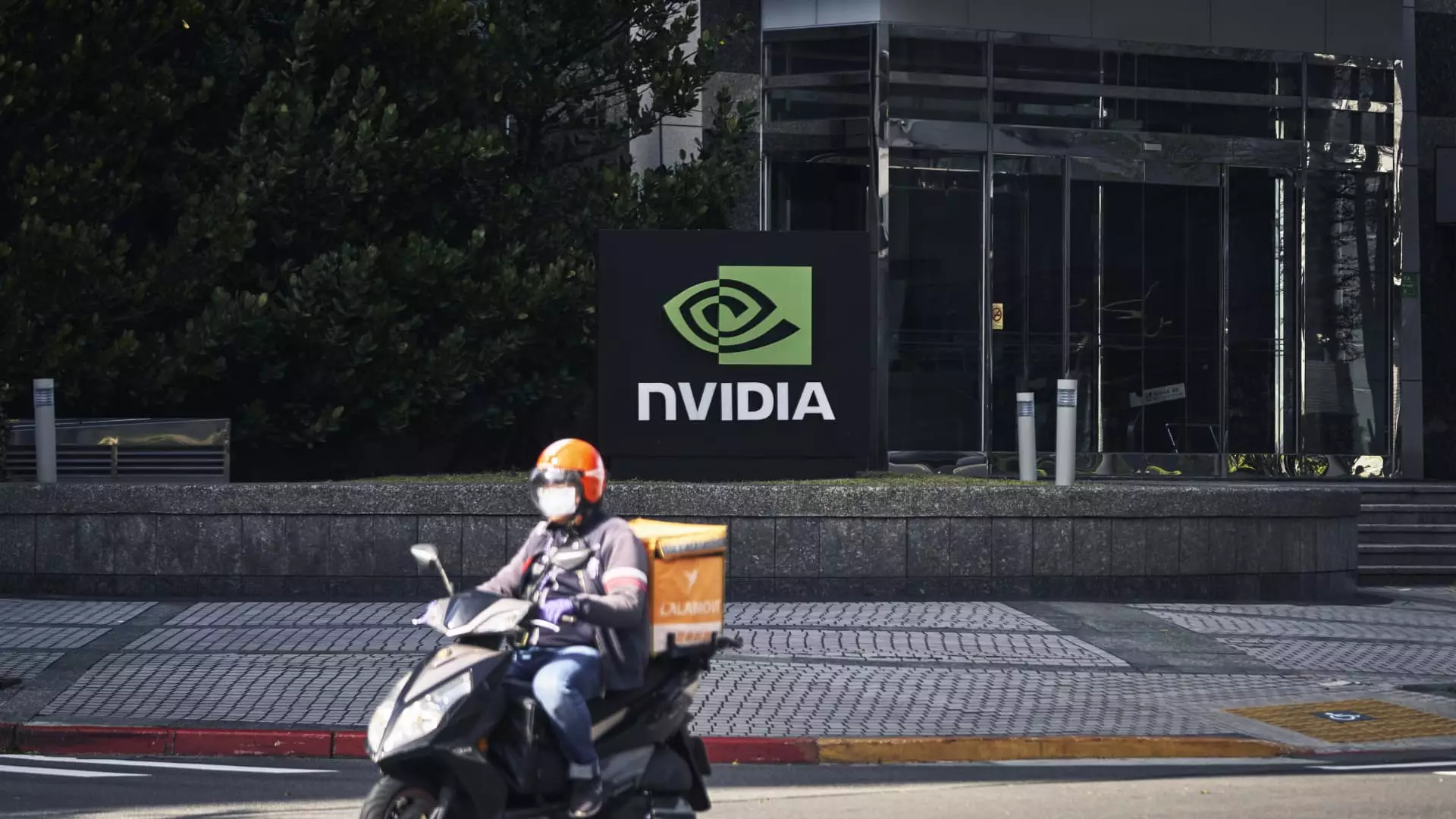Nvidia, primarily recognized for its prowess in artificial intelligence hardware, has demonstrated remarkable growth in its automotive segment. In the latest quarterly report, the company reported an impressive 103% year-on-year increase in revenue within this sector, culminating in $570 million—a record high that showcases the increasing demand for driver-assist technologies. This achievement highlights not only the acceptance of AI in everyday applications but also Nvidia’s strategic evolution into new markets, signaling a potential shift in its revenue streams that could diversify the company’s financial foundation.
The surge in Nvidia’s automotive revenue is intricately linked to the rising popularity of self-driving technologies and advanced driver-assistance systems (ADAS). As the automotive landscape adjusts to innovative technological solutions, Nvidia has positioned itself as a crucial player in this field. The company’s Chief Financial Officer (CFO) identified the substantial contribution from its self-driving platforms to the overall revenue, projecting that these technologies could well become a multi-billion-dollar venture in the coming years. Such forecasts emphasize Nvidia’s potential to capitalize on the burgeoning market of autonomous vehicles, where their products are rapidly becoming indispensable.
CEO Jensen Huang’s vision for the automotive market suggests an ambitious future, where he predicts a transformation in the global car population into robotic vehicles capable of collecting and analyzing data. This drastic shift would enable Nvidia-supported AI systems to refine and enhance the driving experience. By forecasting that “every single one” of the 1 billion cars on the roads today will evolve into an AI-powered entity, Huang not only sets high expectations for Nvidia’s growth but also encapsulates the broader industry implications of integrating AI into transportation.
The growing interest in autonomous vehicles not only stems from major companies like Waymo and Tesla but also involves a coalition of numerous manufacturers exploring humanoid robotics. This broadening demographic of developers presents an expanding customer base for Nvidia. Analyst Gene Munster from Deepwater Asset Management eloquently pointed out that while the current contribution of the automotive and robotics unit is relatively minor—accounting for just 1.45% of total revenue—the real potential lies ahead. As companies make strides in humanoid robots and smart vehicles, Nvidia is strategically poised to become a key supplier, thereby influencing the market dynamics significantly.
Looking ahead, there’s widespread anticipation regarding Nvidia’s growth within the automotive sector, spurred by the increasing adoption of more advanced driver-assistance technologies, particularly L2+ systems. As global auto manufacturers like BYD, Nio, and Zeekr actively integrate Nvidia’s chips into their vehicles, the demand for these cutting-edge technologies is expected to proliferate. Analysts believe that the momentum witnessed in Nvidia’s automotive segment could pave the way for substantial revenue increases, ensuring the company’s pivotal role in shaping the future of mobility.
Nvidia’s burgeoning automotive segment not only reflects its resilience in adapting to technological trends but also represents a strategic diversification that could redefine its financial landscape. With the anticipated growth in autonomous driving and robotics, Nvidia is on the cusp of carving out a substantial position in these emerging market segments, which could lead to transformative outcomes for the company in the coming years.

